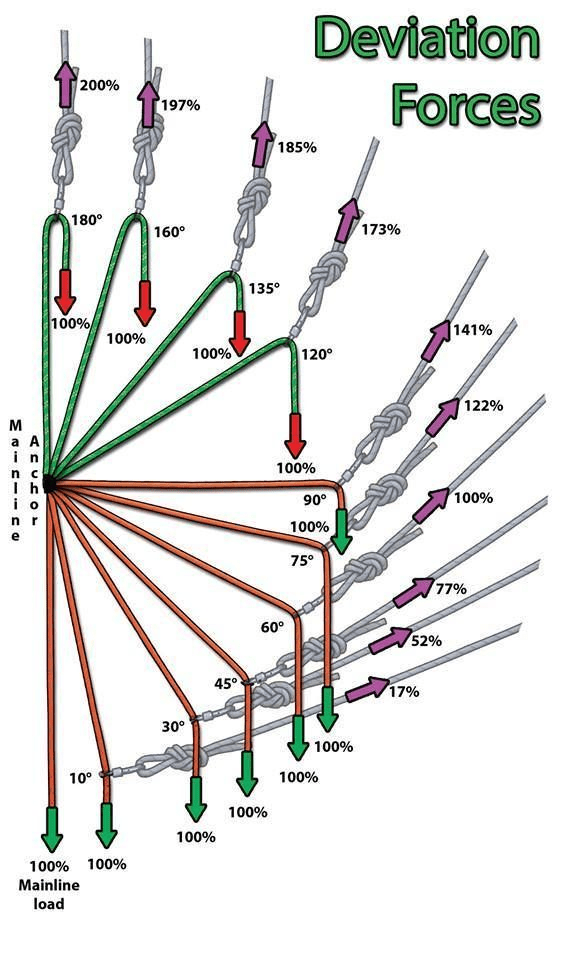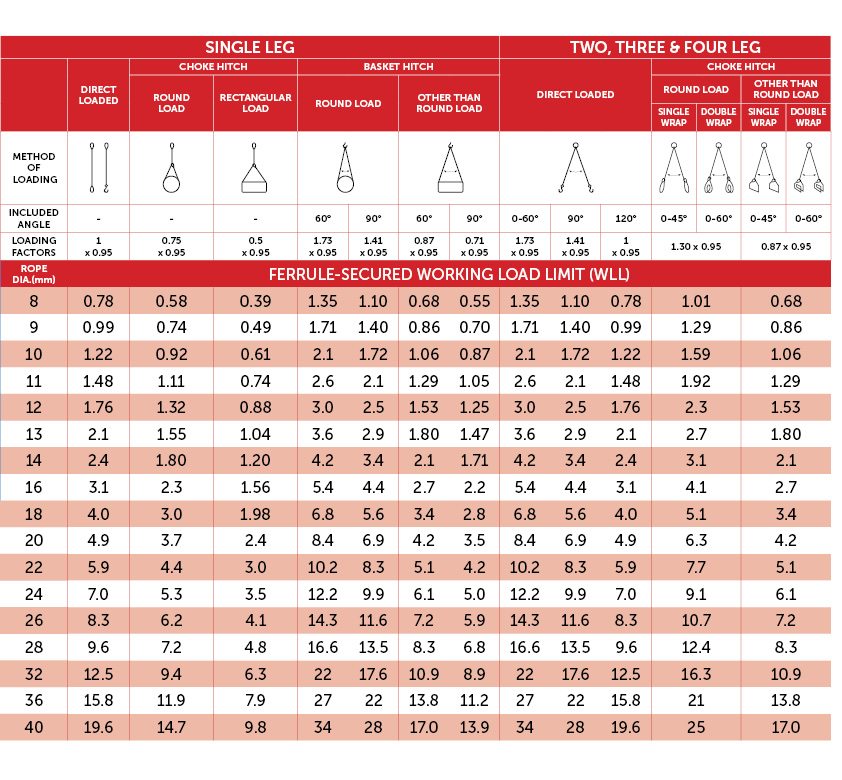


Keeping these six elements in mind while performing a lifting or rigging operations will ensure safety at the work on site and reduce the risks of injury to yourself and your fellow workers. An operator who leaves a load suspended and unattended should be subject to strict action, which may include suspending his or her appointment to operate the crane pending possible further training and supervision. They should understand how to lift and when to lower the load safely. As a competent lifting and rigging operator they should understand the importance of conducting a safe hoist operation. Also, the management must give rigging operators the authority to stop an operation if he finds it risky. When on duty they should be alert enough to report any type of foreseen and unforeseen danger. Proper knowledge and understanding in their field will allow them to take accurate decisions when required. Being an operator also means they should be able to supervise the workforce that is under their control.

Operators must be competent enough to carry out rigging operations safely and must be trained and/or qualified (qualified Rigger for critical lifts) and licenced to operate certain machines like cranes, forklifts, and certain technical devices. Responsible competent lifting and rigging operators are a necessity in every industry. Failure to maintain the load capacity is one of the main reasons of rigging failure. Rapid acceleration and deceleration also increases these dynamic forces. Avoid sudden snatching, swinging, and stopping of suspended loads.

Also make sure the sling angles are properly maintained to reduce risks of load imbalance. Avoid dragging slings from under the load. Determine the (COG) centre of gravity of the load as well as the crane in order to prevent the load swing. It is also important to secure or remove all unused slings before lifting the load. It is important to determine proper sling methods in order to increase the efficiency of the lift and reduce the amount of excessive forces applied. You need to ensure that all rigging equipment are placed and rigged properly to the load as well as to the lifting machine. Using improper rigging methods can reduce the efficiency of the load to be lifted and can also cause fatal injuries if the load security loosens up and the (COG) centre of gravity moves out of control. Every rigging operation has a definite rigging method that should be followed in order to ensure safe working conditions.


 0 kommentar(er)
0 kommentar(er)
